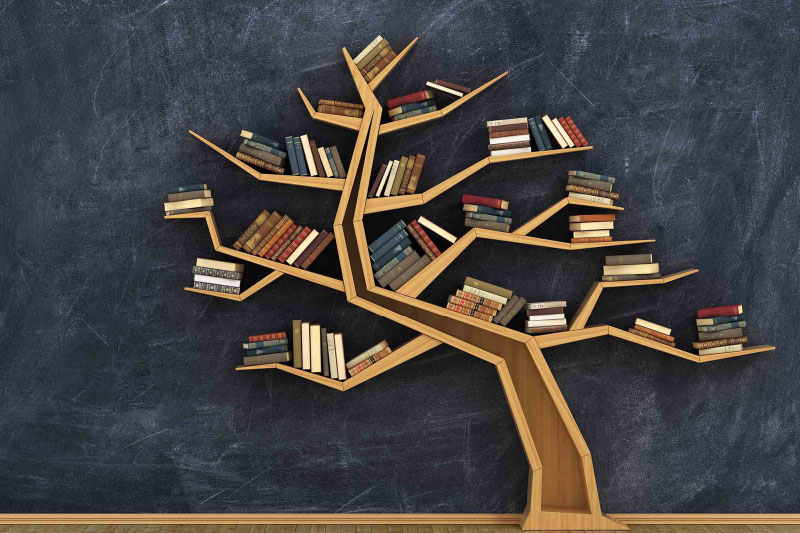By Blerta- Matina Tartari
“What we can do is to ensure that no matter who you are, no matter what your background, no matter your level of income, you can get to a level of accomplishment that will allow you to live a life that matches your goals and aspirations, and I think if we could do that, that would be really great.”
(Professor P. David Pearson, University of California, Berkeley, USA, July 9, 2016. From an interview in the TextProject’s series “Legacies of Literacy Scholars”)
Living in Greece of the 21st century no one can argue that this country is experiencing the conversion into a multicultural society. Each student who is enrolled in a foreign language school or “frontistirio”, you name it, definitely comes not only accompanied by his unique self, but he brings along different educational needs. Frequent are the cases where a different cultural background influences our students consciously or even subconsciously. Perhaps their mother tongue is other than Greek. Albanian, Romanian, Russian, Pakistani, Syrian and so on, could be examples that many of us have met in a class.
For an English teacher this may seem irrelevant since the target language is a foreign one for all students respectively but yet, isn’t it different learning a second language and different learning a third? If this isn’t the case for some teachers, then, you cannot deny that even in a culturally homogenous class there are still the “weak” students and the “gifted”, all sitting in a class ready to learn.
An effective teacher comprehends that variation among students affects the way they receive knowledge and even more the way that they engage themselves to acquiring such knowledge. So, even if we (teachers) do it intentionally or unintentionally we adjust the lesson for our students’ benefit and thus try to help them with the process of language learning.
Tomlinson and Imbeau (2010) describe differentiation as creating a balance between academic content and students’ individual needs, suggesting that this balance is achieved by altering four specific elements related to curriculum:
Content — the information and skills that students need to learn
Process — how students make sense of the content being taught
Product — how students demonstrate what they have learned
Affect — the feelings and attitudes that affect students’ learning
These curriculum-related factors are based on student need in three areas:
Readiness — students’ preparation for learning specific information or skills
Interest — what appeals to students and thus motivates them to learn
Learning Profile — how students approach the task of learning
Why should I use Differentiated Instruction?
As teachers we should be responsible when it comes to our students’ input and output- what they receive and what they are able to acquire and produce. Ensuring that each and every student is considered individually and equally when it comes to the knowledge and skills that they should acquire by the end of a lesson/ a unit/ till the end of the class, level that they are being taught.
It is not that difficult as it may seem.
The teacher doesn’t have to offer individualized instruction. Using differentiated instruction, doesn’t mean that every student is learning something different. The goal is and should be common- the way the goal is achieved is different.
A practical example
Let’s take for example the second part of “summarizing and presenting” in C2 Michigan, Oral Exam. It is not always easy to have all students summarize and present bullet points with an ease. Some may need more aid, some may be stuck when presenting. If the teacher asks each student who finds this stage difficult to find a topic of his interest and read it, and then offer them some standard questions (WH questions type) to prepare and present in front of the class, then the skill of summarizing and presenting can be dealt with in a more meaningful way. The way of presenting their topic of interest can vary. Those who want to use contemporary media as a tool can do so. Those who want to present it in a Power Point are also free to do so. There are always the students who prefer the handwritten notes and those who may not need to do such presentation but move to the second stage immediately. The goal is to make them all able to summarize and present. This is a student’s centred classroom which is supportive to students’ needs since they choose their own way to learn something. Needless to say, their confidence and the way that they may perceive themselves as students improves.
What should a teacher know?
As teachers we should get to know our students
Never underestimate one of them or expect less all the time. In the end, the goal is common.
Provide a variety of assessment type exercises. Even when it is preparing students for examinations. That’s why there are so many different exam boards.
Don’t be afraid to assign different homework to students.
Don’t disregard their learning style. Some are audiovisual, some kinaesthetic, some social, some solitary, some are verbal. It may not be easy to distinguish the learning style of every single student, but it is easy to offer a wide range of educational stimuli.
Always keep a collection of feedback and set new goals in every lesson. This will motivate the students but most of all the teacher.
Think about this, is it fair to give all students the same? Isn’t it fairer to lead our students to get what they need in order to be successful in the end?
“There is nothing more unequal than the equal treatment of unequals”
Thomas Jefferson
Reference:
Tomlinson, C.A.,& Imbeau, M.B.(2010). Leading and managing a differentiated classroom. Alexandria, VA. ASCD.
